Lithium Fluoride Sputtering Target Description
Lithium Fluoride Sputtering Target is crafted from a ceramic fluoride material that combines lithium and fluorine elements. This target is specifically used in thin-film deposition processes within various industrial applications.
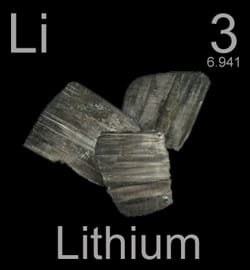
Lithium, represented by the symbol “Li,” is a chemical element that derives its name from the Greek word ‘lithos,’ meaning stone. It was first identified by A. Arfwedson in 1817, and W. T. Brande later achieved its isolation. Positioned in the periodic table as element number 3, lithium resides in Period 2 and Group 1, classified under the s-block. The atomic mass of lithium is approximately 6.941(2) Dalton, with the number in parentheses indicating the uncertainty of this measurement.
Related Product: Lithium Sputtering Target
Fluorine, often referred to as fluorin, is a chemical element that traces its name to the Latin word ‘fluere,’ meaning to flow. First mentioned in 1810 by A.-M. Ampère, its isolation was successfully achieved and subsequently announced by H. Moissan. Represented by the chemical symbol “F,” fluorine holds the atomic number 9 and is positioned in Period 2, Group 17 of the periodic table, falling under the p-block category. The atomic mass of fluorine is recorded as 18.9984032(5) Dalton, with the numbers in parentheses reflecting the uncertainty of this value.
Lithium Fluoride Sputtering Target Application
The Lithium Fluoride Sputtering Target finds extensive applications across various industries, particularly in thin film deposition. It is utilized in the manufacturing and enhancement of products such as semiconductors, displays, LEDs, and photovoltaic devices. Additionally, it plays a crucial role in the decorative and functional coating processes, including those used in optical data storage, the automotive glass industry, architectural glass sectors, and optical communications.
Lithium Fluoride Sputtering Target Packing
Our Lithium Fluoride Sputter Targets are clearly marked and labeled on the outside to facilitate easy identification and ensure stringent quality control. We take meticulous precautions to prevent any potential damage during storage or transport.

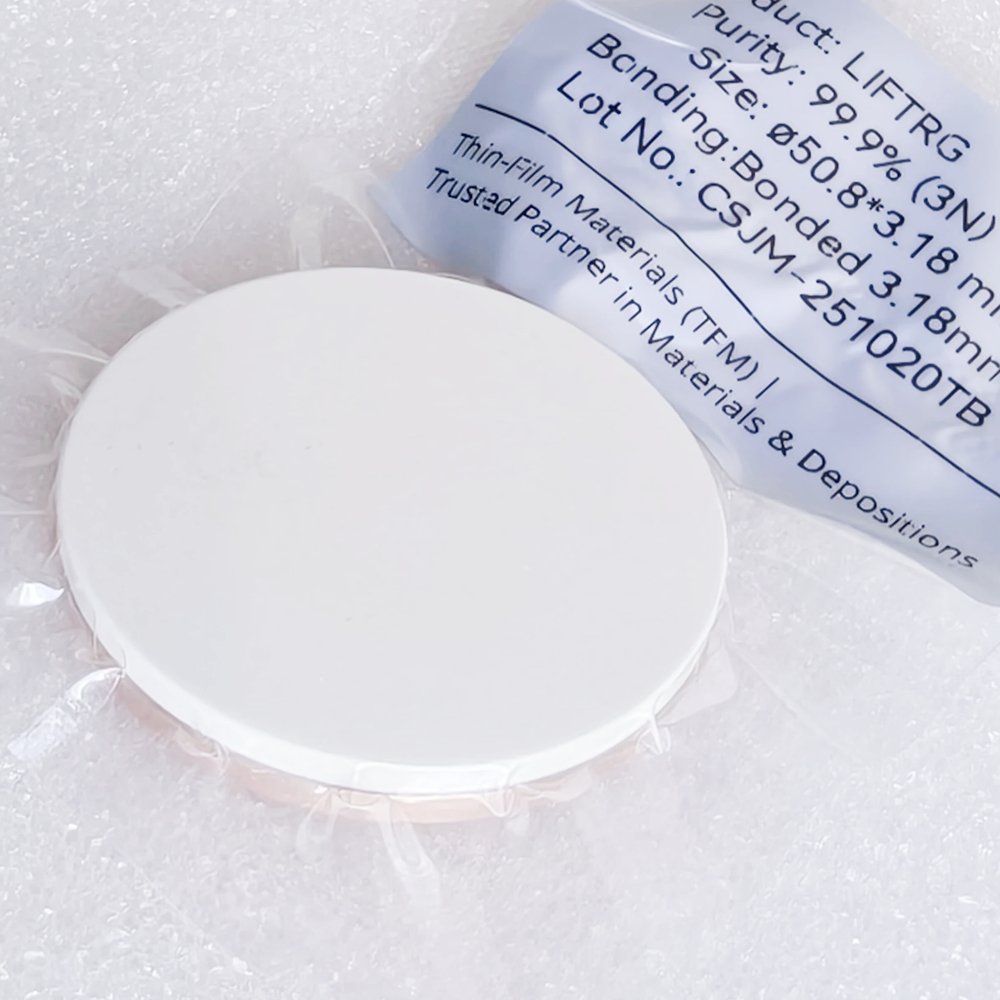
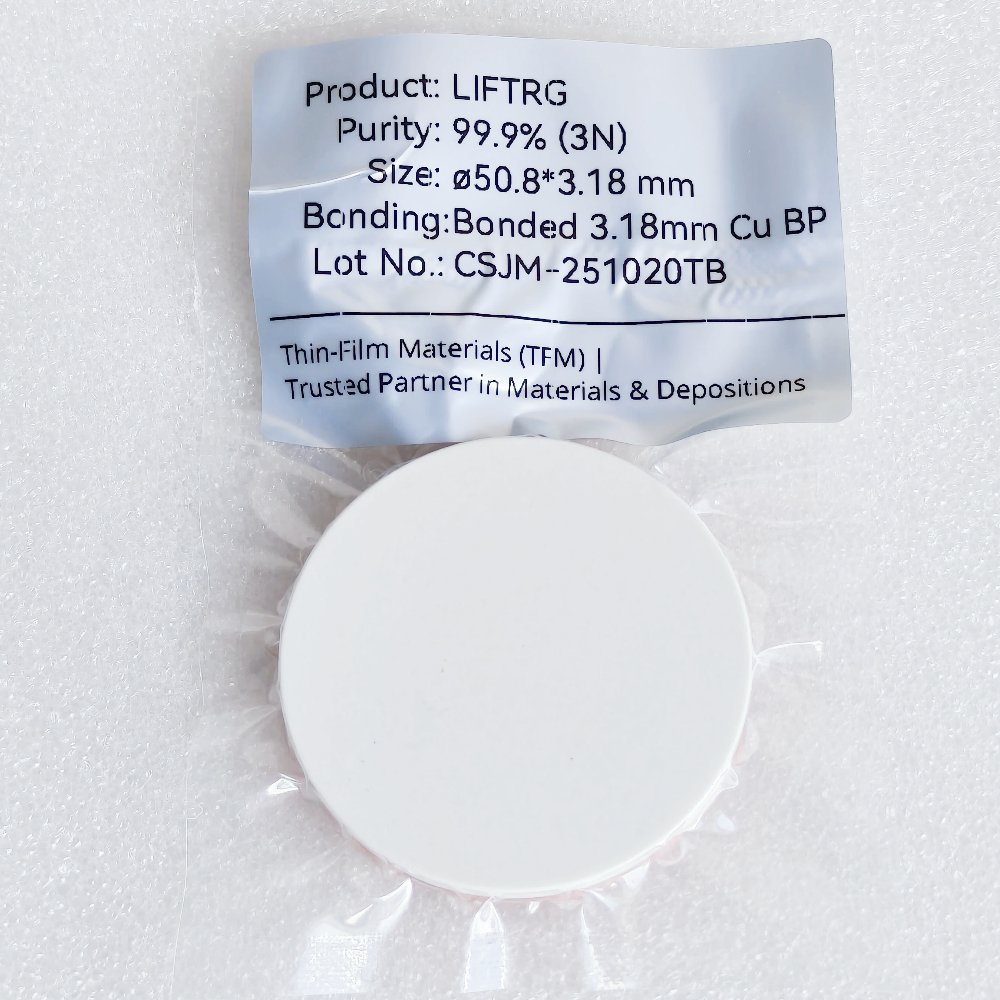
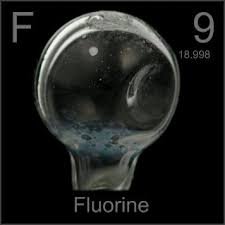
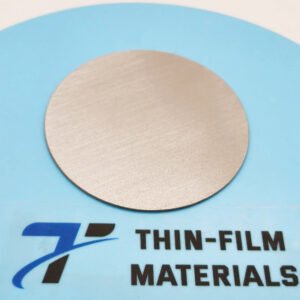
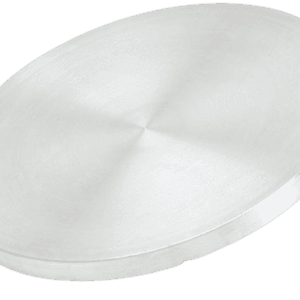
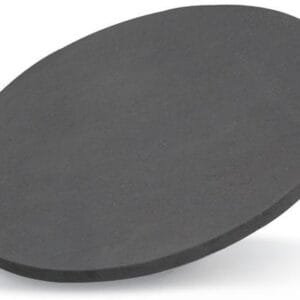
Reviews
There are no reviews yet.